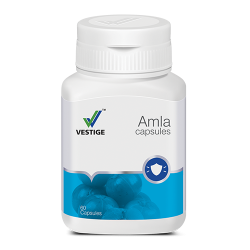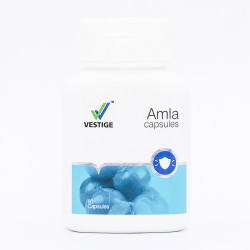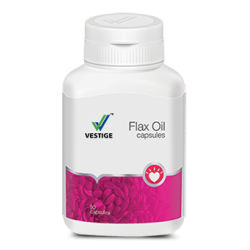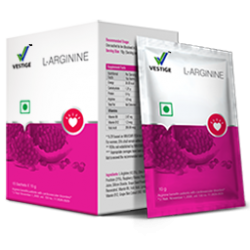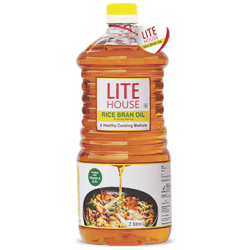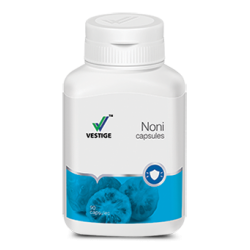High Cholesterol

What is cholesterol?
Cholesterol is a type of lipid. It’s a waxy, fat-like substance that your liver produces naturally. It’s vital for the formation of cell membranes, certain hormones, and vitamin D. Cholesterol doesn’t dissolve in water, so it can’t travel through your blood on its own. To help transport cholesterol, your liver produces lipoproteins. Lipoproteins are particles made from fat and protein. They carry cholesterol and triglycerides (another type of lipid) through your bloodstream. The two major forms of lipoprotein are low-density lipoprotein (LDL) and high-density lipoprotein (HDL). If your blood contains too much LDL cholesterol (cholesterol carried by low-density lipoprotein), it’s known as high cholesterol. When left untreated, high cholesterol can lead to many health problems, including heart attack or stroke. High cholesterol typically causes no symptoms. That’s why it’s important to get your cholesterol levels checked on a regular basis.
LDL cholesterol, or “bad cholesterol”
Low-density lipoprotein (LDL) is often called “bad cholesterol.” It carries
cholesterol to your arteries. If your levels of LDL cholesterol are too high, it
can build up on the walls of your arteries. The buildup is also known as
cholesterol plaque. This plaque can narrow your arteries, limit your blood flow,
and raise your risk of blood clots. If a blood clot blocks an artery in your
heart or brain, it can cause a heart attack or stroke. According to the Centers
for Disease Control and PreventionTrusted Source, over one-third of American
adults have elevated levels of LDL cholesterol. Find out how you can check your
LDL cholesterol levels.
HDL cholesterol, or “good cholesterol”
High-density lipoprotein (HDL) is sometimes called “good cholesterol.” It helps
return LDL cholesterol to your liver to be removed from your body. This helps
prevent cholesterol plaque from building up in your arteries. When you have
healthy levels of HDL cholesterol, it can help lower your risk of blood clots,
heart disease, and stroke. Learn more about HDL cholesterol.
Triglycerides, a different type of lipid
Triglycerides are another type of lipid. They’re different from cholesterol.
While your body uses cholesterol to build cells and certain hormones, it uses
triglycerides as a source of energy. When you eat more calories than your body
can use right away, it converts those calories into triglycerides. It stores
triglycerides in your fat cells. It also uses lipoproteins to circulate
triglycerides through your bloodstream. If you regularly eat more calories than
your body can use, your triglyceride levels can get high. This may raise your
risk of several health problems, including heart disease and stroke.
Getting your cholesterol levels checked
If you’re age 20 years or older, the American Heart Association recommends
getting your cholesterol levels checked at least once every four to six years.
If you have a history of high cholesterol or other risk factors for
cardiovascular disease, your doctor may encourage you get your cholesterol
levels tested more often. Your doctor can use a lipid panel to measure your
total cholesterol level, as well your LDL cholesterol, HDL cholesterol, and
triglyceride levels. Your total cholesterol level is the overall amount of
cholesterol in your blood. It includes LDL and HDL cholesterol. If your levels
of total cholesterol or LDL cholesterol are too high, your doctor will diagnose
you with high cholesterol. High cholesterol is especially dangerous when your
LDL levels are too high and your HDL levels are too low.

